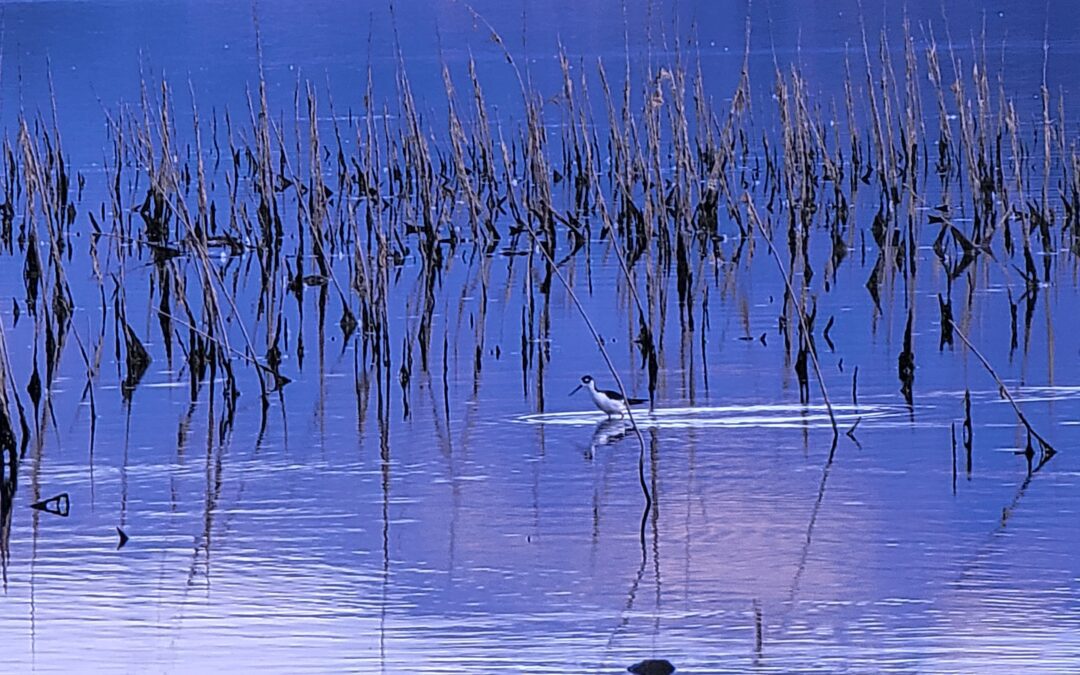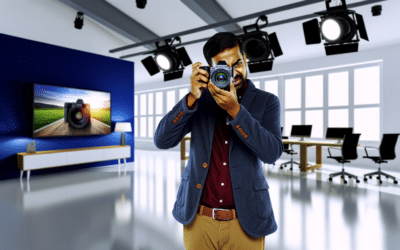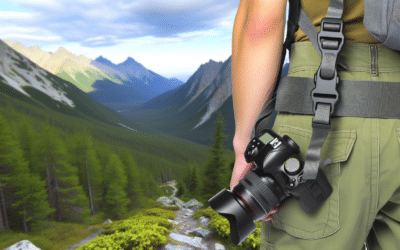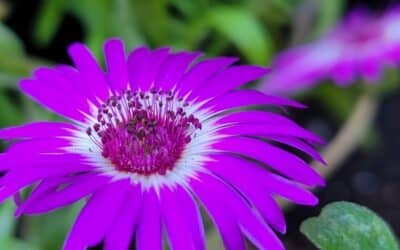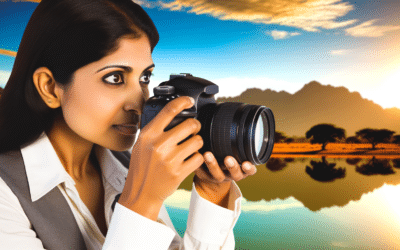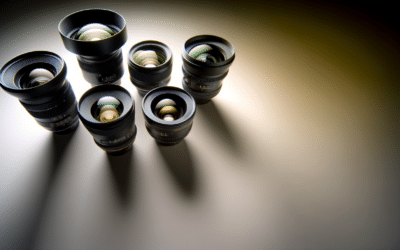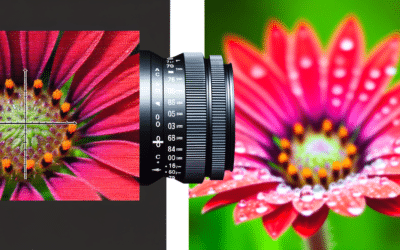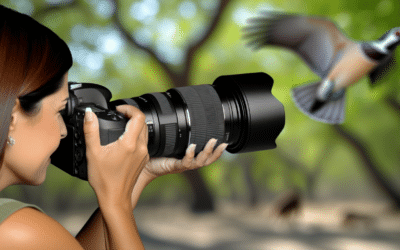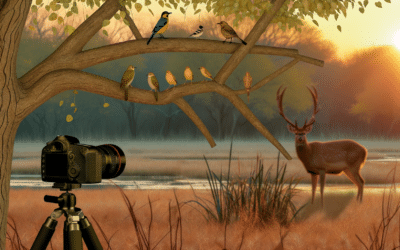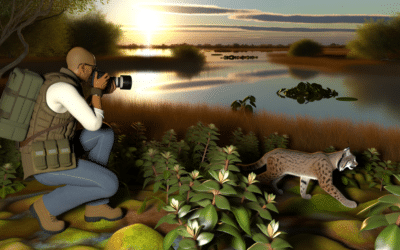Wondering how to get the most out of your new Sony a7 III on your next nature photography excursion? Here are 10 great tips for experts:
1. Use the camera’s dynamic range optimizer: The a7 III has a dynamic range optimizer that can help you capture more detail in the shadows and highlights. Experiment with different settings to find what works best for your scene.
2. Use the camera’s in-body image stabilization: The Sony a7 III has in-body image stabilization, which can help you capture sharper images when using slower shutter speeds. This is especially useful when you’re shooting handheld and don’t have a tripod.
3. Use the camera’s focus peaking feature: The camera has focus peaking, which highlights the areas of the image that are in focus. This is particularly useful when you’re using manual focus, as it can help you ensure that everything is sharp.
4. Use the camera’s silent shooting mode: It has a silent shooting mode, which can be useful when you’re shooting in quiet environments. This feature is particularly handy for landscape photographers who want to avoid disturbing the peacefulness of the natural surroundings.
5. Use the camera’s eye autofocus feature: The Sony a7 III has eye autofocus, which can help you capture sharp portraits of people in your landscape shots. This feature is especially useful when you’re shooting at wide apertures and want to ensure that the subject’s eyes are in focus.
6. Use the camera’s custom buttons: The Sony a7 III has several customizable buttons that you can assign to different functions, such as changing the focus mode or adjusting the exposure. Customize these buttons to suit your shooting style and make it easier to access the features you use most often.
7. Use the camera’s electronic level: An electronic level that can help you ensure that your horizon is straight. This is particularly important for landscape photographers, as a crooked horizon can detract from an otherwise stunning shot.
8. Use the camera’s high ISO capabilities: The Sony a7 III has excellent high ISO performance, which can be useful when you’re shooting in low light conditions or want to use faster shutter speeds. Experiment with different ISO settings to find the highest setting that still produces acceptable image quality.
9. Use the camera’s intervalometer: The intervalometer allows you to capture time-lapse sequences. This can be a great way to add interest and motion to your landscape shots.
10. Use the camera’s Wi-Fi and NFC capabilities: The Sony a7 III has built-in Wi-Fi and NFC, which allow you to transfer images to your smartphone or tablet. This can be useful for sharing your images on social media or for remote viewing and control of your camera.
By using these tips, you can make the most of its advanced features and capture stunning landscape photographs.
Nikon Z9 review: a DSLR-like stills/video monster
The Nikon Z9 is a groundbreaking 45.7MP full-frame mirrorless camera designed for professional sports photography. It boasts a...
Rural Travels with the Nikon Z9. My Full Review. |
Steve Huff shares his comprehensive experience with the Nikon Z9 camera, highlighting its exceptional capabilities as a hybrid...
Top 5 Exciting New Cameras for 2024
Camera technology, particularly mirrorless models, has seen significant advancements, with the latest releases showcasing...
The Best Camera Strap for Hiking and Backpacking
Carrying a DSLR camera with a traditional neck strap while hiking can be cumbersome, causing neck discomfort and camera swing....
Best Camera Strap for Hiking
Welcome fellow explorers and shutterbugs! If you’re seeking the ‘Best Camera Strap for Hiking’, you’re in the right place. Just...
22 Landscape Photography Tips for Beginners
The Essence of Landscape Photography The allure of landscape photography extends beyond picturesque sunsets and vibrant foliage;...
A Guide to Filters for Lenses
Lens filters serve a dual purpose: they protect the camera lens and enhance image quality. Basic filters include ultra-violet...
What Type of Lens to Use for Specific Situations
The lens is a crucial component of a camera, significantly impacting image clarity, color, and detail. In contrast to fixed...
How To Get Up Close With Close-Up Lenses
An Overview of Close-Up Lenses For those seeking a cost-effective and straightforward method for capturing detailed images of...
10 Best Lenses for Wildlife Photography (2024)
The Sony FE 70-200mm f/2.8 GM OSS II lens represents a significant improvement over its predecessor, offering a lighter design...
20 Essential Tips on Wildlife Photography for Beginners
Entering the realm of wildlife photography can be an intimidating endeavor. Wildlife photographers often find themselves in...
Nature Photography 101
Nature photography is not only an enjoyable hobby but also a means to contribute to conservation efforts. Enthusiasts like David...
